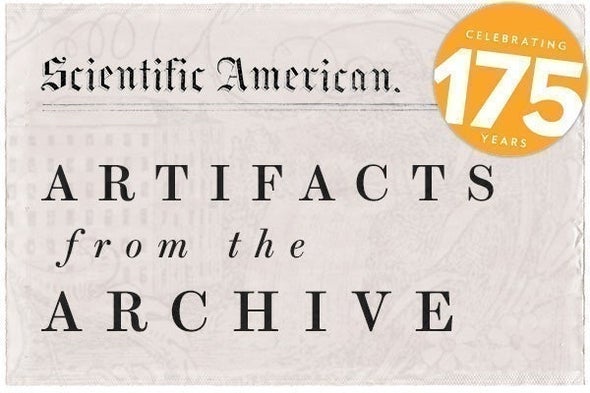Originally published in January 1848
“The eclipses of the moons of Jupiter had been carefully observed and a rule was obtained, which foretold the instants when the moons were to glide into the shadow of the planet and disappear, and then appear again. It was found that these appearances took place sixteen minutes and a half sooner when Jupiter was on the same side of the sun with the earth than when on the other side; that is, sooner by one diameter of the earth’s orbit, proving that light takes eight minutes and a quarter to come to us from the sun.”
—Scientific American, January 1848
More gems from Scientific American’s first 175 years can be found on our anniversary archive page.




